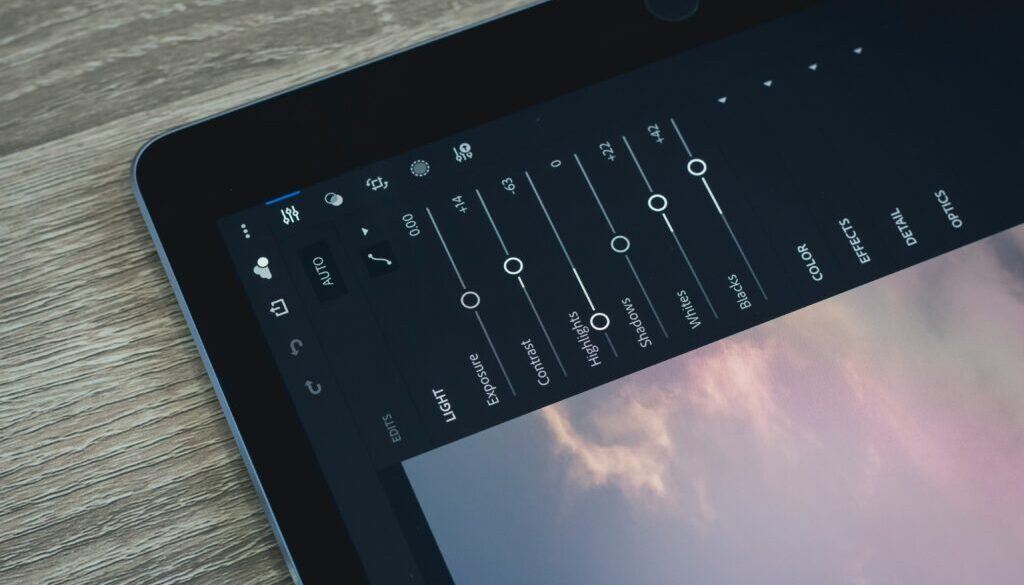Capture One vs. Lightroom – A Photographer’s Perspective (2024)

As a professional photographer with almost a decade of experience in the industry, I’ve had the privilege of witnessing the evolution of digital editing tools. Two heavyweights in the realm of photo editing, Capture One and Lightroom, have emerged as go-to choices for photographers worldwide. In this in-depth comparison, we’ll explore the strengths and weaknesses of each software, shedding light on which one might be the perfect fit for your creative journey.
Capture One: Unleashing Precision in Editing

Pros
Color Grading Mastery: Capture One is renowned for its superior color grading tools, allowing photographers to achieve unparalleled accuracy in color reproduction.
Dynamic Range Enhancement: With advanced algorithms, Capture One preserves exceptional details in both highlights and shadows, offering a broader dynamic range.
Optimized for Medium Format Cameras: Professionals working with medium format cameras often prefer Capture One for its optimized support and tailored features, ensuring maximum image quality.
Cons
Learning Curve: The wealth of features in Capture One can be overwhelming for newcomers, requiring a steeper learning curve compared to some other editing software.
Catalog System Limitations:
While improvements have been made, some users find the cataloging system in Capture One less intuitive compared to Lightroom’s organizational structure.
Steep cost: may be unapproachable for those on a tighter budget.
Lightroom: Adobe’s Editing Powerhouse

Pros
Seamless Integration with Creative Cloud: Lightroom syncs effortlessly with Adobe’s Creative Cloud, allowing users to access and edit their photos across various devices seamlessly.
Intuitive User Interface: Known for its user-friendly interface, Lightroom is a great choice for beginners, offering a straightforward and easily navigable editing experience.
Extensive Preset Library: Adobe Lightroom boasts an extensive library of presets, facilitating quick and creative edits with just a single click.
Integrated Map Module: Photographers who prioritize geotagging and location-based organization will appreciate Lightroom’s integrated map module for efficient cataloging.
Affordability: often purchased bundled with other Adobe products, making it a more accessible entry point
Cons
Color Grading Limitations: While robust, Lightroom’s color grading tools may not match the precision and depth offered by Capture One.
Slower Rendering Speed: In some scenarios, Lightroom may exhibit slower rendering speeds, particularly when handling large catalogs or resource-intensive edits.
Conclusion

In the ongoing Capture One vs. Lightroom debate, the choice boils down to personal preferences and specific needs. Both software options have strengths, ensuring photographers have powerful tools, making the decision subjective based on individual workflows and creative visions. Whether you’re a seasoned professional or an aspiring enthusiast, both Capture One and Lightroom provide robust solutions for your editing journey. If you’re a beginner looking for more budget friendly options to start off with, we’ve created a recommendations list just for you. Check it out here: Best Photo Editing Softwares for Beginners.



